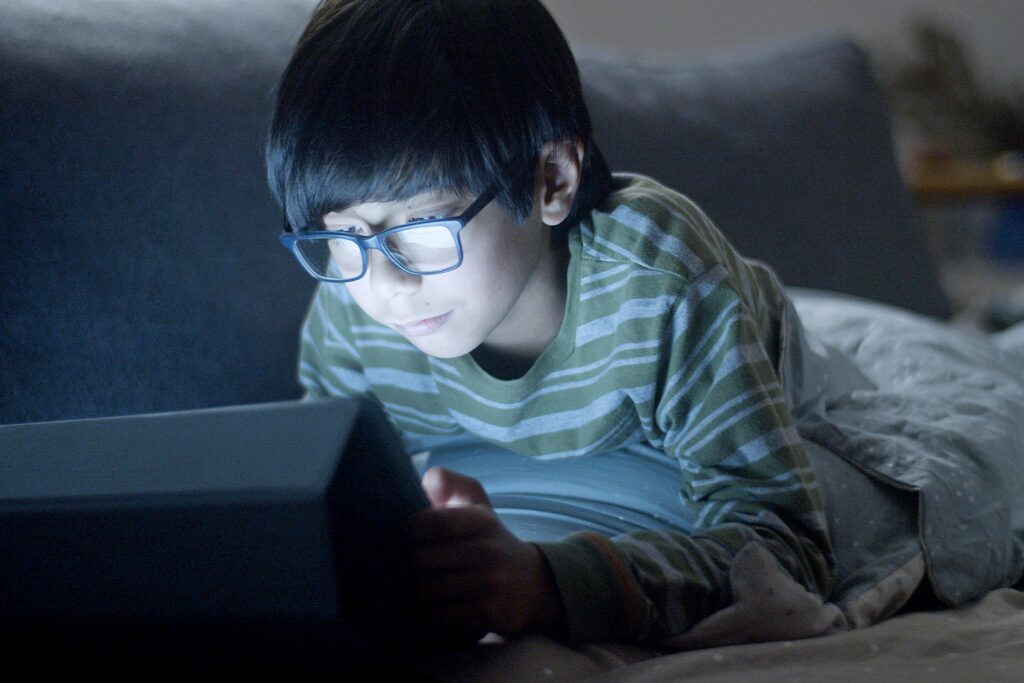Downtime is essential for everyone’s mental well-being, including our kids. With the SEA approaching, most of their time is probably being taken up by classes and studying. After a long and intense day, it’s natural for them to want to relax with their screens.
However, we know the challenges of too much screen time. It’s common for children (and adults) to lose track of hours while scrolling through apps or playing games. Studies show that short-form videos on platforms like TikTok and YouTube may affect our attention spans, and too much screen time decreases the time and energy needed to be well-rounded individuals.
So how do we manage screen time?
While each family may approach this issue differently, here are three suggestions on how you can regain control and support a healthy balance for your child.

1. Be a role model.
Children mimic the adults in their lives, so if you often find yourself glued to your screen, don’t be surprised when your little ones do it too.
Try to set a good example by managing your own screen time. Engage in offline activities and spend quality time with your family. If you find it challenging, consider taking active steps to manage your screen time too. To track usage, you can consider using apps like Screen Time- StayFree.
2. Set clear rules and boundaries.
Creating guidelines around screen time can help your child understand what’s expected of them. For example, you can establish specific areas in the house where devices are not allowed. You might also choose to allow screen time only on weekends or designate fifteen-minute breaks during study sessions when they can enjoy their favourite shows or games.
Consistent rules can help children build good habits over time. Be fair and realistic when figuring out what works for you and your family.
3. Let them choose screen-free activities.
Instead of dictating how they should spend their time away from screens, allow your child to select their preferred activities.
Encourage them to explore off-screen activities like sports, gardening and baking (you’ll be surprised what activities they enjoy!). Giving them the freedom to choose activities makes the transition away from screens more enjoyable.
Final Thoughts
Every family is unique, so parenting decisions will vary from one household to another. What works for one family may not work for another. Striking a healthy balance between screen time and offline activities is critical—not only for your child’s preparation for the SEA but also for their overall mental and physical well-being.


Let’s Help You Succeed!
Join our mailing list to get updates and tutorials straight to your inbox.
Your success is just one click away!
You have Successfully Subscribed!